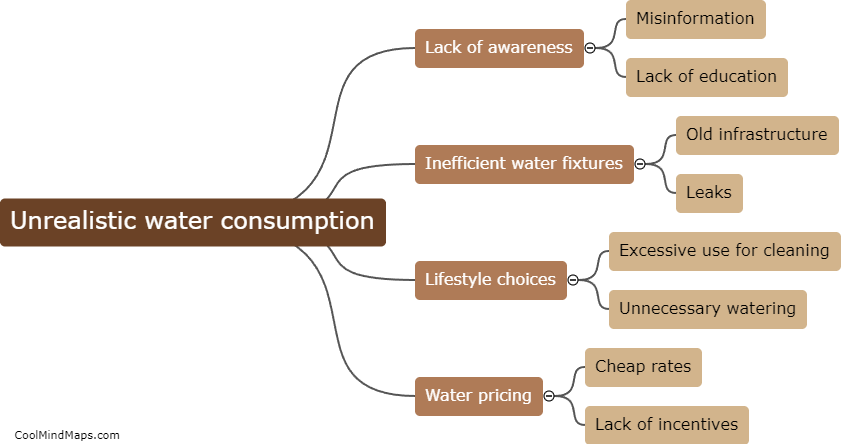How does the water cycle impact the environment?
The water cycle, also known as the hydrological cycle, plays a critical role in shaping and influencing the environment. It involves the continuous movement of water between the earth's surface, atmosphere, and underground reservoirs. The water cycle impacts the environment in various ways. Firstly, it helps regulate the earth's temperature by transferring heat energy through the process of evaporation and condensation. This temperature regulation is vital for maintaining global climate patterns and supporting diverse ecosystems. Additionally, the water cycle provides a constant supply of fresh water, which is essential for all living organisms. It replenishes lakes, rivers, and groundwater reserves, ensuring the availability of water for plants, animals, and human populations. However, disruptions to the water cycle, such as contamination or excessive extraction, can have detrimental effects on the environment, leading to biodiversity loss, droughts, and water scarcity. Thus, understanding and managing the water cycle is crucial for preserving the health and sustainability of our ecosystems.

This mind map was published on 26 September 2023 and has been viewed 98 times.











